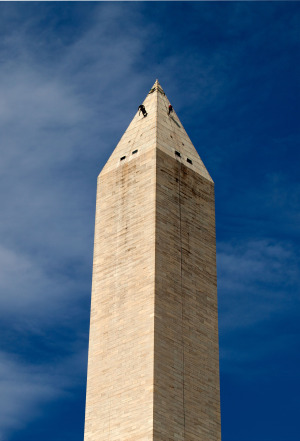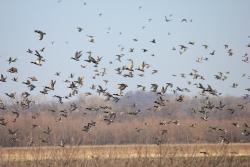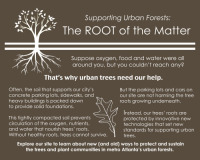Jean LaFitte National Historical Park and Preserve, New Orleans, LA
Visitors discover this informative series of wayside signs as they begin a walking tour of New Orleans at the NPS headquarters in the French Quarter.
The French Quarter: One of a Kind
The French Quarter, properly called the Vieux Carré (Old Square), is one of the most unusual architectural districts in the world.
A 300-year blending of French, Spanish, Caribbean, African, and colonial and modern American influences, the Vieux Carré has survived fires and flooding, slavery and wars, economic decline and renewal, and about 250 Mardi Gras parades -- not to mention millions of tourists a year.
Reading History in the Details
If you look closely at buildings in the French Quarter, you can read much of New Orleans history -- and learn much about her people -- in the Quarter’s architectural details.
How about a quiz? As you walk through the Quarter, try to spot some of the building components that make New Orleans unique. Let’s start at the top.
Up On the Roof
The roofs of French Quarter buildings are usually high and gabled, with small dormer windows to let light into second floor. If you could see beneath the shingles of some of the oldest buildings, you might find a 16th-century French rafter-and-post construction called the Norman truss. Some roofs are double-pitched, with a main roof supplemented by a separate roof projection angling out over the street. This long overhang, called an abat vent, serves as a sidewalk awning for passers-by, as well as shade for windows and doors.


